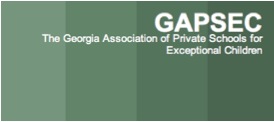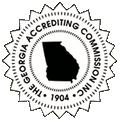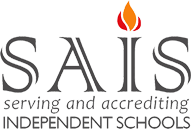Developmental Coordination Disorder/Motor Coordination Disorder
About Developmental Coordination Disorder
Developmental Coordination Disorder (DCD) is a condition in which individuals do not develop normal motor coordination of movements that involve voluntary muscles. It has also been called clumsy child syndrome, clumsiness, developmental disorder of motor function, and developmental dyspraxia. Typical problems include delays in achieving motor milestones such as walking, poor performance in sports, difficulty with dressing activities such as buttoning, a tendency to walk into objects and drop things, and poor handwriting. Some people have a hard time planning motor movements; others are able to plan, but have difficulty carrying out the plan due to physical differences (e.g., abnormal muscle tone, jerky movements)
There are 6 general groups of symptoms:
- General unsteadiness and slight shaking or tremors
- An at-rest muscle tone that is below normal OR
- Muscle tone that is consistently above normal
- Inability to move smoothly because of problems with combining the subunits of the whole movement
- Inability or difficulty in producing written symbols
- Visual perception problems related to development of the eye muscles, which result in difficulty with eye-hand coordination
At Porter Academy, we develop motor coordination through
- Simplified and/or scaffolded activities: this makes motor activities more approachable to those with DCD and allows them to experience success and increase confidence in their ability to engage in movement activities. We gradually increase the difficulty of the task as the individual’s abilities improve.
- Emphasis on teamwork rather than competition: teaching children to encourage each other and praise small successes rather than criticize errors makes the activity more enjoyable and less intimidating for everyone involved.
- Handwriting Without Tears: a multi-sensory simplified approach to teaching handwriting that has proven beneficial to those with dysgraphia
- Vision:
- isolated exercises that develop the ocular motor abilties of smooth tracking, sacadic eye movements, and convergence/divergence
- activities that require the integration of the vestibular and visual systems
- visual perceptual tasks such as visual discrimination, visual closure, spatial reasoning, and visual figure-ground
- Integrated Listening Systems: an auditory training program integrated with visual, vestibular, and proprioceptive activities that develops these sensory systems and the brain’s ability to simultaneously integrate input from multiple sensory systems. Well-developed sensory systems serve as a basis for motor coordination.
Apraxia of speech
Symptoms of Acquired Apraxia of speech (AOS) and Childhood Apraxia of Speech (CAS) include inconsistent articulatory errors, groping oral movements to locate the correct articulatory position, and increasing errors with increasing word and phrase length. AOS often co-occurs with Oral Apraxia (during both speech and non-speech movements) and Limb Apraxia.
Childhood Apraxia of Speech (CAS) presents in children who have no evidence of difficulty with strength or range of motion of the articulators, but are unable to execute speech movements because of motor planning and coordination problems. This is not to be confused with phonological impairments in children with normal coordination of the articulators during speech.
Acquired apraxia of speech involves the loss of previously acquired speech levels. It occurs in both children and adults who have (prior to the onset of apraxia) acquired some level of speaking ability. Unlike Childhood Apraxia of Speech, AOS is typically the result of a stroke, tumor, or other known neurological illness or injury. Please visit our speech language therapy page to learn more about how apraxia of speech is addressed.
Informational Websites
National Institute of Neurological Disorders and Stroke
American Speech Language Association
National Institute on Deafness and Other Communication Disorders






